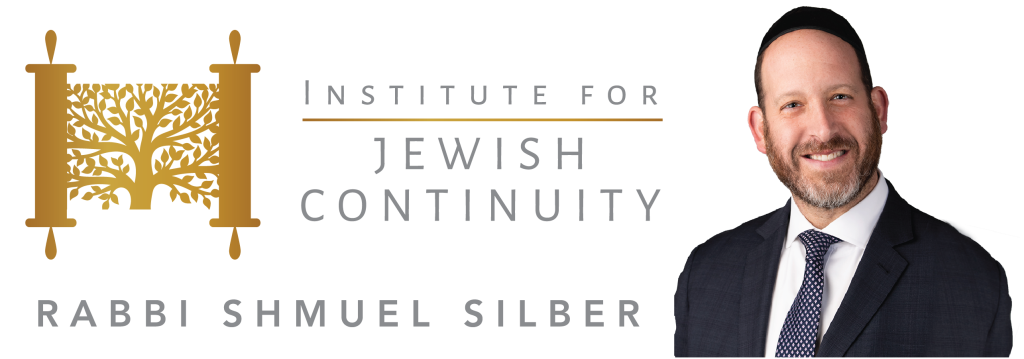“And this is the offering that you shall take from them: gold, silver, and copper; blue, purple, and crimson wool; linen and goat hair; ram skins dyed red, tachash skins, and acacia wood.” (Exodus 25:3-5)
Wealth is an incredible blessing from God. But like all blessings, one must know how to use it. What is the proper balance between personal benefit and enjoyment and communal responsibility? It is in this week’s Parsha that God asks the Jewish nation to use their newfound wealth to build a spiritual home and epicenter. The Mishkan would require complete financial participation of the nation. There would be some who would donate precious materials and stones and others who would contribute the necessary fabrics and materials. Rashi raises an interesting question, “from where did they have acacia wood in the desert?” The gold, silver, copper and even fine fabrics were taken from Egypt but where was the wood from? Rashi answers, “Yaakov Avinu prophetically saw that his children would build a mishkan (tabernacle) in the desert. Therefore, when he came down to Egypt, he brought with him acacia trees from the Land of Israel and planted them in Egypt. He commanded his children to take the wood with them when they left Egypt.”
The Lubavitcher Rebbe (Rabbi Menachem Mendel Schneerson, 1902-1994) asks, “Why did Yaakov have to do this? Why all of the effort? The people could have bought wood when they needed it. They could have bartered with neighboring tribes and nations.” The Rebbe advances a beautiful insight. When Yaakov came down to Egypt with his acacia saplings and planted them, people asked, “Why are you doing this?” To which Yaakov responded, “One day God will lead us out of this land, and we will travel to our home and destiny, but along that journey God will reside in our midst, in the home we will build for Him.” As Egyptian persecution intensified the Jews were able to look to the acacia trees and be reminded that one day this servitude would come to an end. And as they felt the sharp whips on their backs, the loads weighing down on their shoulders, their sons being thrown into the Nile, they looked at the acacia trees and reminded themselves, we will get out of this, we will overcome, we will be free. Our ancestors knew of the promise of slavery and redemption but having a physical reminder of salvation is what kept them from drowning in the abyss of darkness. The trees of Yaakov Avinu were the beacon of promised freedom and salvation. They were the physical “light at the end of the tunnel.”
We all experience difficult times; this is part of the human condition. The only variable is the intensity of adversity. In those times of hardship, it is easy to lose hope, optimism and positive disposition. We must find our acacia tree, the thing we can focus on to remind us that everything will be alright. For some it may be the presence of a loving spouse, for others it may be children, and yet, for many it may simply be the belief that God is my rock and He will never leave my side. We made it through 210 years of spirit-breaking servitude because when things looked dark and hope was almost lost, we looked up at the trees of Yaakov Avinu and were reminded, we will emerge from this, there will be light and happiness. The trees we saw every day of our enslavement became the walls of the home of God which inspired us throughout our days of freedom and destiny. May we each merit to plant our acacia trees and may they inspire us with the necessary hope, strength and resolve to make it through even the darkest of days.
Sourcesheet

